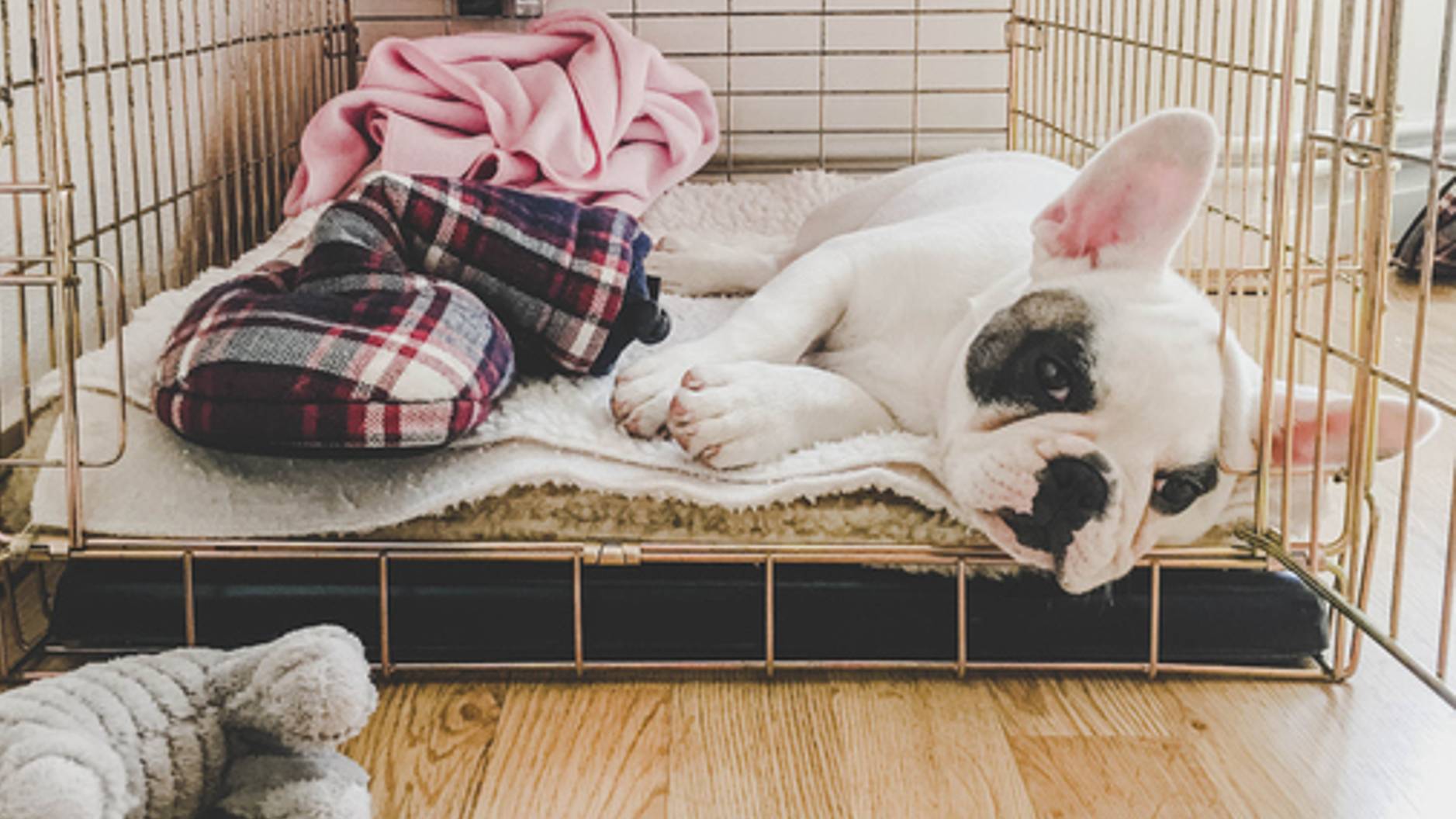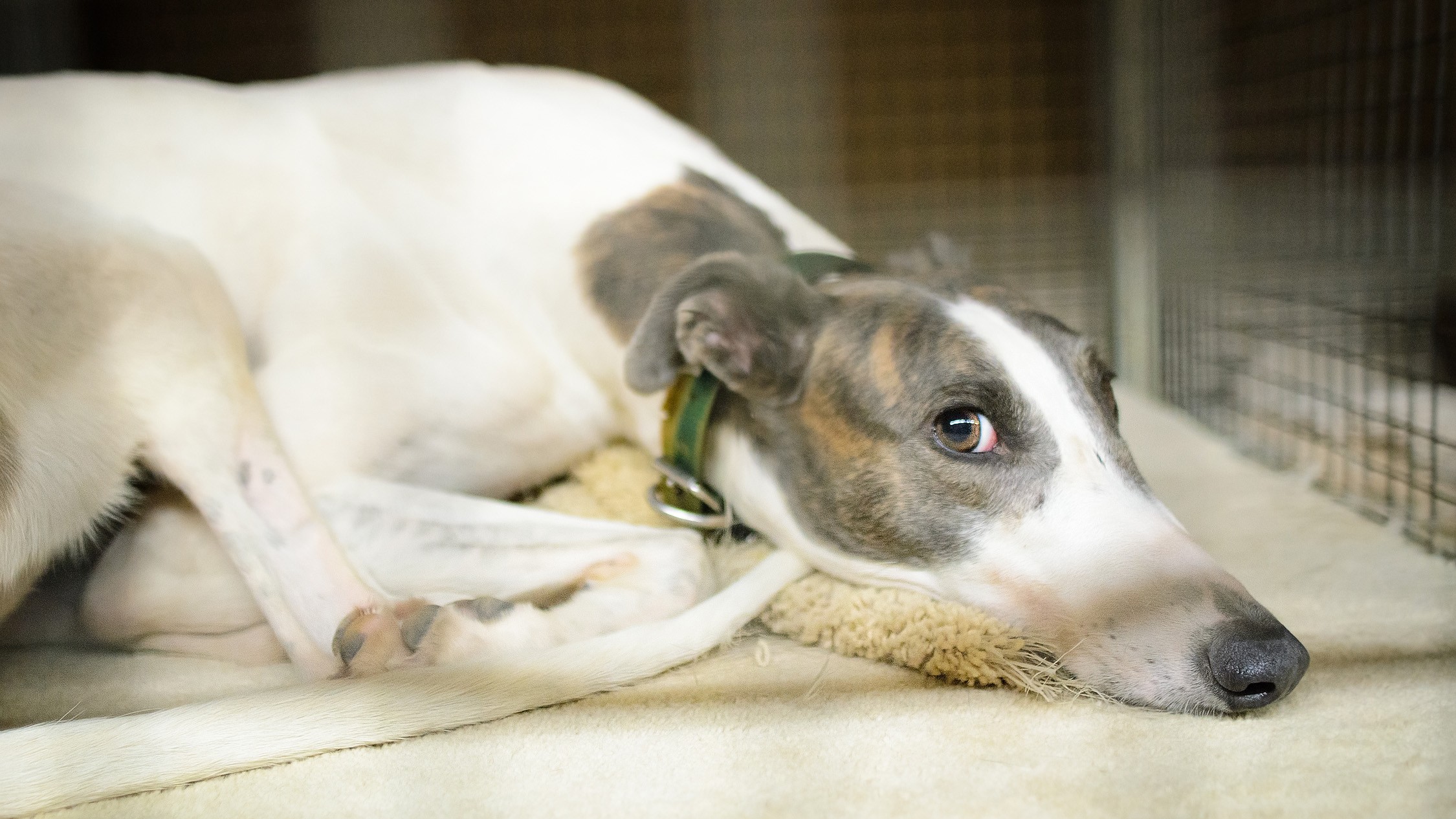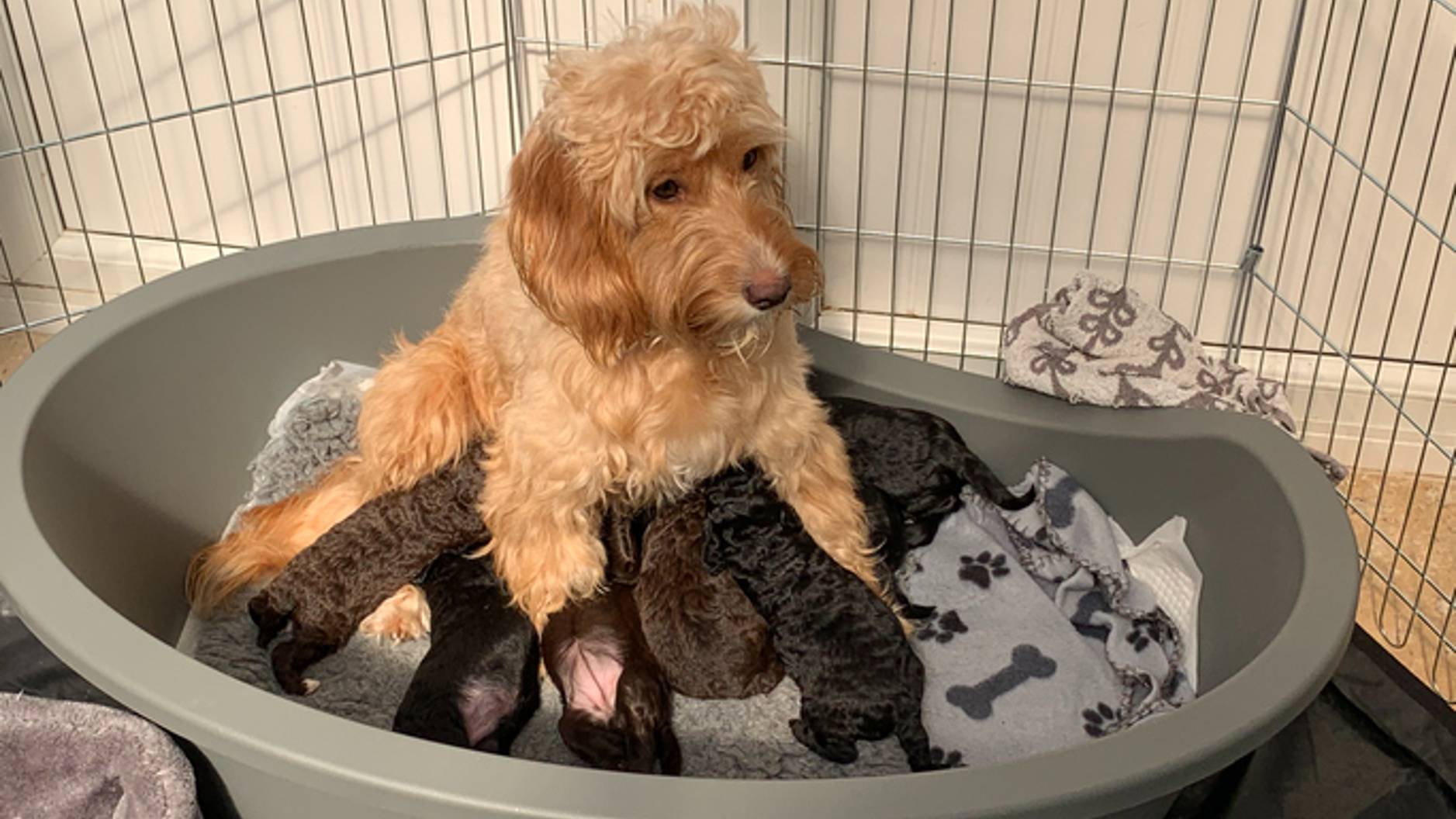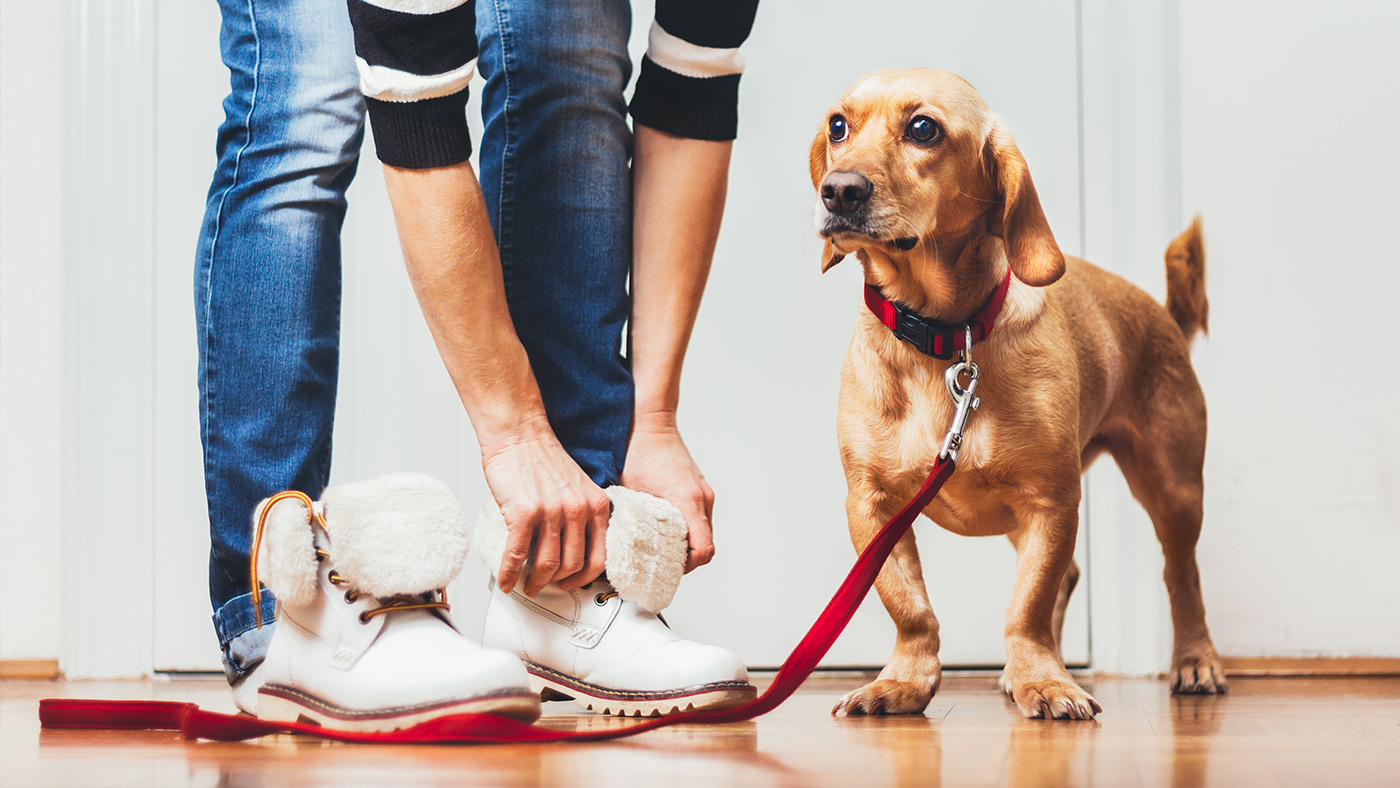How to crate train an older dog
It's important to know how to crate train an older dog, as it can be just as effective for them as it is for younger pups

If you have a senior pooch at home, you may be wondering whether it’s worthwhile to crate train an older dog. More importantly, you may be wondering how to go about it. The good news is that crate training an older dog is not all that different from crate training a puppy, although it may take a little more time and patience.
All you need to get started is an appropriately sized dog crate, a soft bed, some of your dog’s favorite treats and kibble, and a positive attitude! Read on to learn how you can be successful crate training your older dog.
Should you crate train your older dog?
There are many benefits to crate training a dog. A properly trained dog can use the crate as a safe and comfortable resting place and may choose to go into the crate voluntarily any time he needs a break.
The crate can also be a very valuable tool to use during potty training, in the car, when guests are visiting, or any time you need to keep your dog safely confined. A crate may also be used to help pups with separation anxiety, thunderstorm phobias, or other behavioral disorders by providing them with a safe space to retreat to when they are frightened.
However, some older dogs may have had previous bad experiences with crates and confinement, and this can make crate training more difficult for you and your dog. When undertaking a new crate training routine with your older dog, it is important to proceed slowly and monitor your dog closely for signs of stress and anxiety.
If at any point your dog shows early signs of being stressed – such as licking his lips, looking away, panting, crouching, or refusing to go into the crate – then stop what you are doing and re-evaluate your training plan. You may need to proceed more slowly, incorporate more positive rewards, or even try a different approach to help your dog feel more comfortable with the training process.

Choosing the right crate for your dog
An appropriately sized crate is the key to success when crate training a dog of any age. The crate should be large enough for your dog to stand up to his full height and turn around in a circle, but no larger.
This ensures that your dog will be comfortable in the crate, but does not allow enough space for your dog to urinate or defecate in one area of the crate and sleep in another. If the crate is too large, this may encourage soiling, particularly in dogs that are not yet potty trained. If the crate is too small, your dog will not be able to get comfortable and may be stressed or anxious in the crate.
Whether you choose a wire crate, plastic crate, or soft-sided crate is mostly a matter of pet and owner preference. However, if you find yourself searching for indestructible or escape-proof crates, this is a sign that your dog is not appropriately crate trained and is extremely stressed while in the crate. This is a good time to revisit crate training to make the crate a more positive environment for your dog.
Make the crate a safe and positive space
If you want your dog to love spending time in his crate, you’ll need to make it a space that is safe, comfortable, and fun to be in!
That means providing a comfortable dog bed, placing the crate in a quiet area of the house, and offering toys or treats for your dog to work on while he’s in the crate so he has something fun to keep him busy.
Puzzle toys or long lasting treats are a great option to keep your dog mentally stimulated and rewarded while in the crate.
The crate should always be a fun and positive place for your dog to be, so never use the crate as a form of punishment. Never force your dog into the crate if he seems scared or apprehensive – instead, try luring him in with a treat or a favorite toy and rewarding him for getting inside. This way, he’ll always view the crate as a positive and rewarding place to be!

How to crate train an older dog
Get your dog used to the crate
To help your dog learn to view the crate as a happy and fun experience, start by feeding your dog his meals next to or just inside the door of the crate. As your dog gets comfortable with this arrangement, you can gradually move the bowl farther and farther to the back of the crate. You’ll know your dog is comfortable with the crate when he gets in and eats his full meal without trying to back out or get away.
You can also offer your dog treats in the crate or leave treats and toys in the crate for him to find on his own throughout the day. You’ll know the training is going well if your dog gets into the crate on his own to explore and, especially, if he gets in and takes a nap!
Use positive reinforcement
Once your dog has become comfortable with the crate, you can practice closing the door for short periods of time. Start with only a few seconds at a time, then reward your dog for calm behavior and open the door. If things are going well, you can gradually increase the length of time you make your dog wait calmly in the crate before opening the door – remembering to periodically reward your dog for good, calm behavior while in the crate.
Don't give in to whining or barking
Never open the door while your dog is whining or barking – this only teaches your dog that barking will get him what he wants! Instead, wait until he is calm, then reward and let him out. When practiced patiently and consistently, this training routine will have your dog behaving calmly in the crate even when you can’t be there with him.
Your dog can learn to love the crate
With proper training and lots of positive reinforcement, your dog can learn to love being in the crate. Be patient and allow your dog to progress through the training at his own pace, and always make the crate a fun and positive experience for your dog. Before long, he’ll even want to go into the crate on his own!
Read next: Why shouldn't you sleep with your dog?
PetsRadar Newsletter
Get the best advice, tips and top tech for your beloved Pets
Dr. Elizabeth Racine is a small animal general practice vet covering all things pet health and wellness. Her special interests include veterinary behavior, nutrition, and internal medicine.
As a freelance writer, Dr. Racine has written content for major companies in the industry such as the American Kennel Club, Merck Animal Health, Bayer PetBasics, Elanco, and CareCredit. In her free time, Dr. Racine enjoys playing trampoline dodgeball, hiking with her beagle Dasher, and spending time with her three mischievous cats.

